The Pressure Flow or Mass Flow Hypothesis
It is the hypothesis by which transport of sap by phloem can be best described. This hypothesis was given by Ernst Munch in 1930 who was an German plant physiologist. According to this hypothesis a high concentration of organic substances like sugar, inside the phloem of a leaf creates an osmotic gradient or diffusion gradient that draws water from the adjacent xylem to the cells. This is called a turgor pressure or also called hydrostatic pressure in the phloem. Movement of the phloem saps take place from the mass flow of sugar source to the sugar sinks. Movement of food by the phloem is bi directional and xylem is upward always means uni directional.
Mechanism of the Pressure Flow Hypothesis:
Movement of water and minerals are driven by negative pressure force in the xylem most of the time and movement of the substances by the phloem is by the positive hydrostatic pressure. This process is called translocation and it takes place by the loading and unloading of the phloem. Cells of the sieve elements are loaded by the sugar due to the active transport- of the solute and the movement through the sieve tube is osmosis. This movements create pressure that pushes the sap down the tube. In sugar sinks cells actively transported solutes out of the sieve tube elements that creates opposite effect.
Mechanism of the Pressure Flow Hypotheses-
Steps are -
1. Some of the glucose that produce during respiration are used by the plants whereas other glucose converted into starch and stored at different parts of the plants.
2. The sucrose is then actively transported to the companion cells of the smallest veins in the leaves.
3. The sucrose is then transported through the plasmodesmata from the companion cells to the sieve tubes which increases sucrose concentration. Thus sucrose concentration increases in sieve tubes.
4. Hydrostatic pressure of sieve elements are increased as water flows from the near by xylem to the veins of the same leaf.
5. Hydrostatic pressure causes movement of this from the sieve towards the sink.
6. In those storage sink large amount of sugar is converted into apoplast prior to the entering of the symplast. Examples are Beet root, sugar cane stem etc.
7. Water then moves out from that area which causes lowering of hydrostatic pressure. This pressure gradient is created between entry of sugar in the sieve elements at the source and removal of sucrose at the sink. This thing creates a continuous pressure gradient throughout the pathway by maintaining resistance along the pathway.
8. Phloem sugar is removed from the cortex of both stem and root and is digested by cellular respiration, converting into starch. As starch is insoluble in water this it has no effect on osmotic pressure. At last the pressure is decreases and the comparatively pure water is left in the phloem.
Dependency of the pressure flow mechanism- Pressure flow mechanism depends upon the –
1. Turgor pressure.
2. Difference between the osmotic pressure gradient created that flow between the source and the sink.
From The Pressure Flow or Mass Flow Hypothesis to HOME PAGE
Recent Articles
-
What Is Plasma? | Blood Plasma | Proteins | Nutrients | Cholesterol
Nov 07, 25 10:29 AM
Blood is a mobile fluid which is a connective tissue and is derived from the mesoderm like cell any other connective tissue. Colour of blood is reddish and that flows inside the blood vessels by means… -
Disorders of Respiratory System | Tuberculosis | Pleurisy | Emphysema
Oct 28, 25 11:39 PM
Tuberculosis is very common disease and is caused by a type of bacteria called Mycobacterium tuberculosis. This disease causes different trouble in the respiration and infection of several parts of th… -
Regulation of Respiration | Respiratory Centres | Inspiratory Area |
Oct 14, 25 12:13 AM
Respiratory Centre is the area that controls the rate of respiration and it is observed to be located in medulla oblongata and pons. Respiratory Centre has the following will dispersed components like… -
Explain Transport of Gases | External Respiration | Tissue Respiration
Oct 09, 25 11:35 PM
In humans gaseous exchange is completed in the following ways the steps are - External Respiration or Breathing - Breathing in false taking in of Oxygen and giving out of carbon dioxide in the body. M… -
Kind and Number of Teeth | Location of Teeth in Mouth | Care of Teeth
Sep 11, 25 12:52 AM
Kind and Number of Teeth

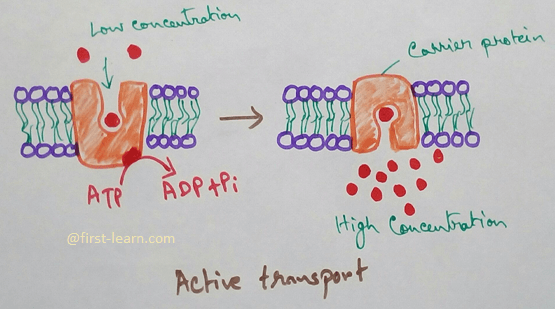
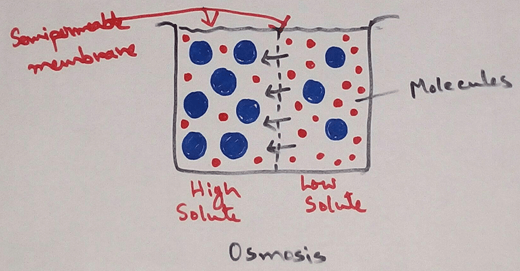

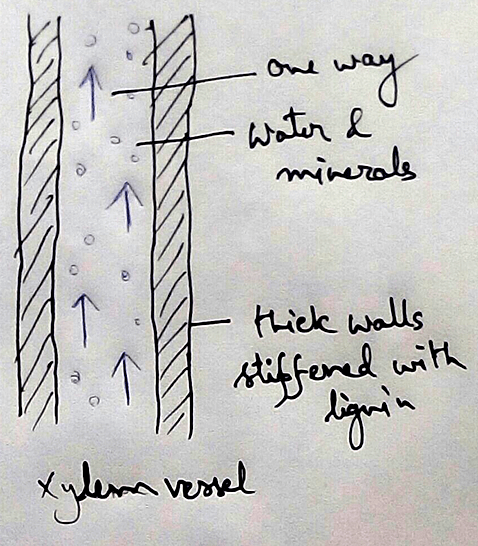
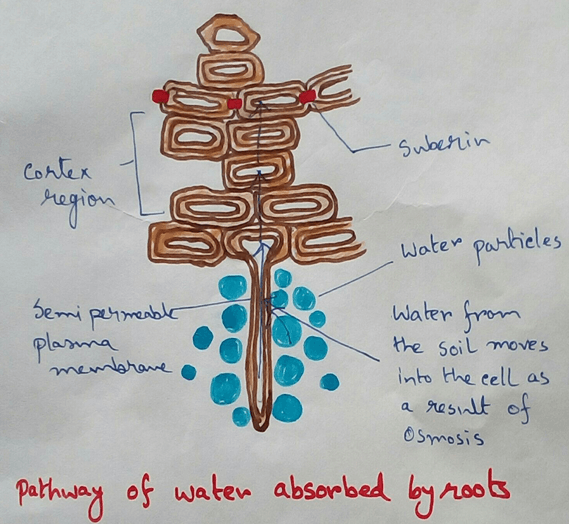

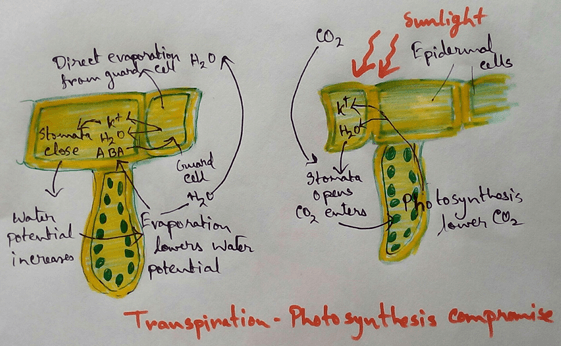
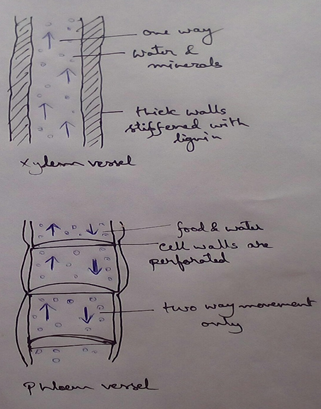
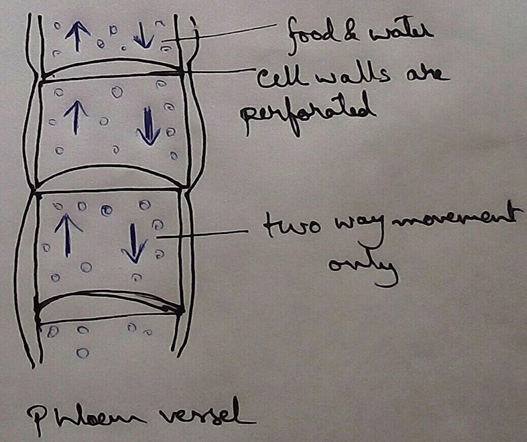






New! Comments
Have your say about what you just read! Leave me a comment in the box below.